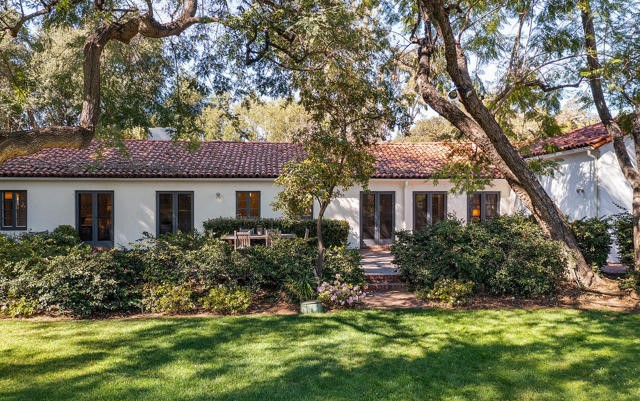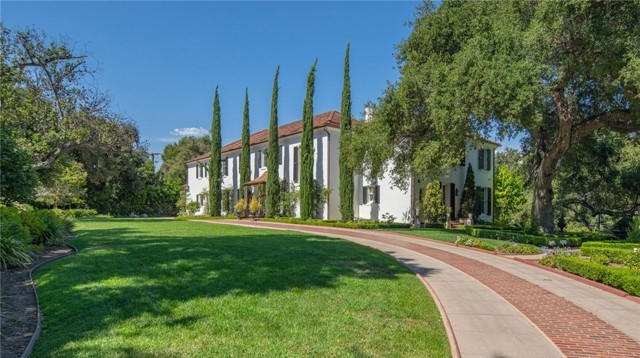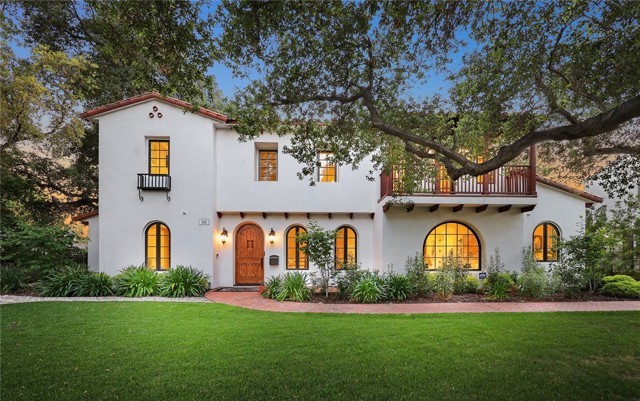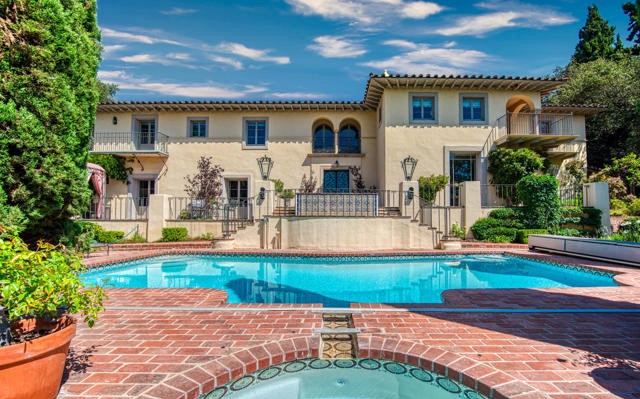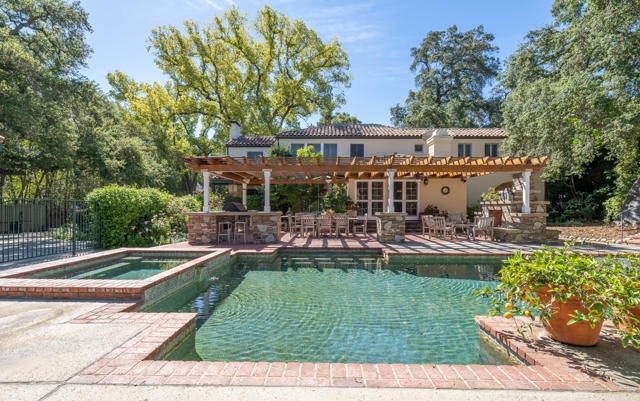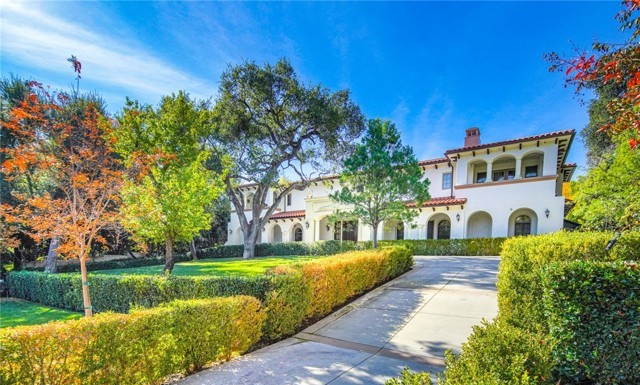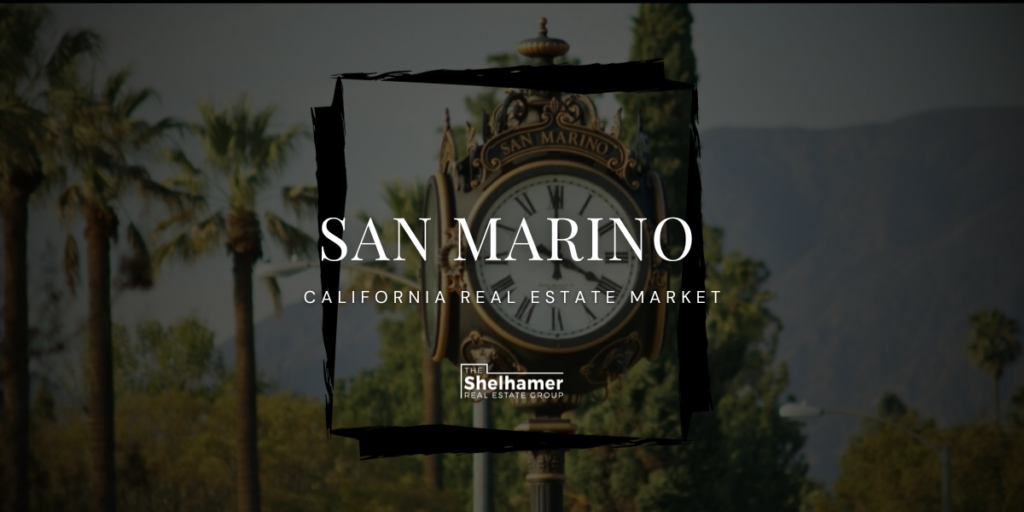
Explore the Elegance and Luxury of San Marino Real Estate
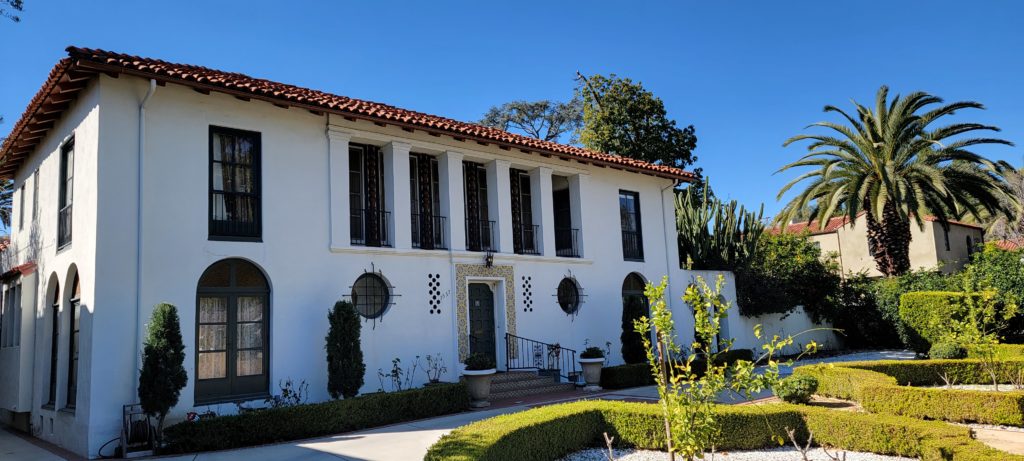
You are invited to explore the elegance and luxury of the San Marino real estate market. From San Marino luxury properties to San Marino affordable homes, the San Marino neighborhoods and community will enchant you. From its breathtaking parks and renowned eateries to its magnificent architectural and educational heritage, San Marino continues to be at the forefront of our client’s minds and goals. From the Wilson, Shorb, and Patton families, who helped transform the region of one-time Spanish land grants into an agricultural paradise, to today’s modern community built around the arts, architecture, and education.
Historic San Marino
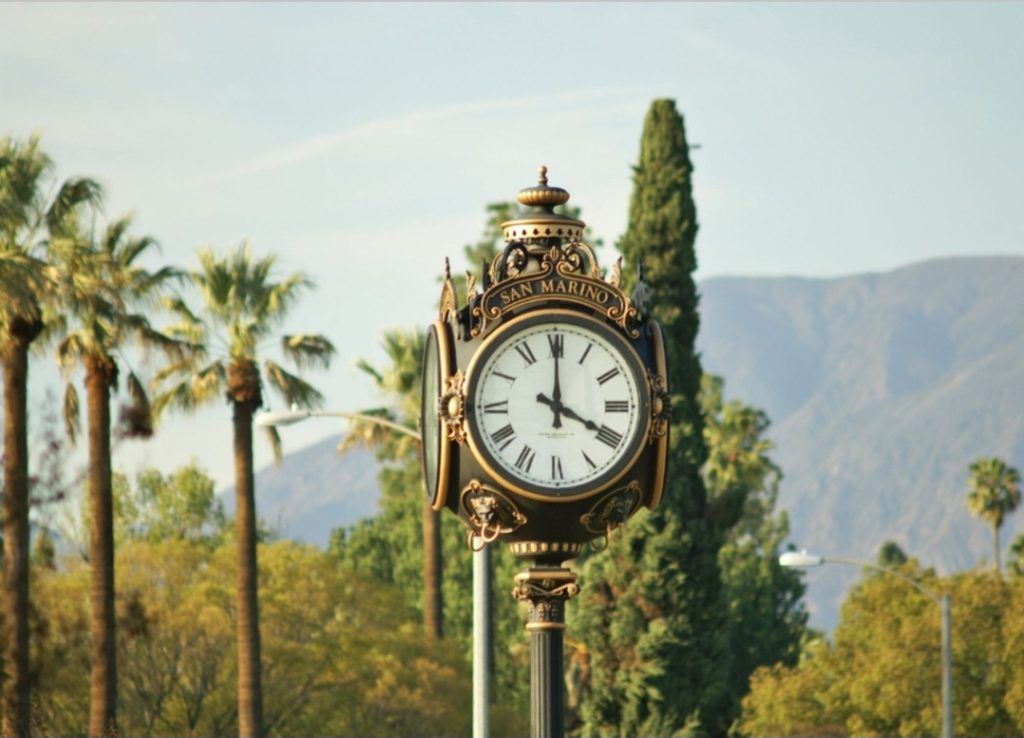
The story of San Marino is rich in California’s legend and lore. The site of the City of San Marino originally consisted of large fruit ranches and vineyards, owned by early day pioneers whose names are still familiar to Southern Californians – like Benjamin D. Wilson, George S. Patton and James De Barth Shorb. In an earlier era, this area was part of the vast California mission system, providing rich yields of food, tallow and hides. As the missions grew, a need arose for a grist mill to process the abundant grains. Such a mill was constructed about 1816 and is today El Molino Viejo – the Old Mill, the oldest building in San Marino, as well as a veteran structure of Southern California. San Marino’s most famous resident was Benjamin D. Wilson, who, in 1854, established his Lake Vineyard Ranch home on what is today known as Euston Road. Here he lived until his death in 1878. He is known to have described the region as “one of the most beautiful places that the heart could desire.” From San Marino luxury properties to San Marino affordable homes, the San Marino neighborhoods and community will enchant you.
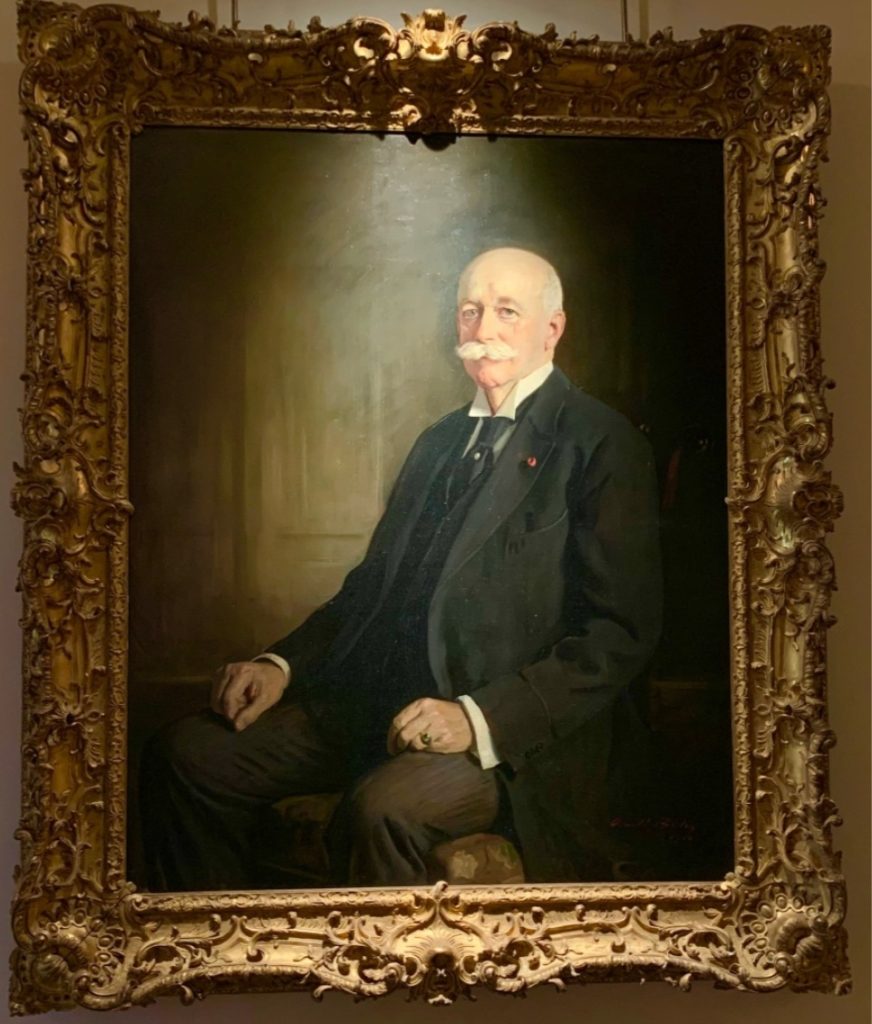
Serving as Mayor of Los Angeles and as a State Senator for two successive terms, Wilson often entertained important Southland visitors at his ranch. When Wilson’s daughter Maria married James De Barth Shorb, he gave them the top knoll of his estate as a wedding gift. The Shorbs built a home where the Huntington mansion now stands and named their 600-acre ranch San Marino. Shorb named his ranch after his grandfather’s plantation in Maryland, which in turn had been named for the tiny Republic of San Marino. Henry E. Huntington visited the Shorb estate often and loved the location. He purchased the Shorb property in 1903, and in time the old ranch house gave way to the Huntington mansion. Today the City of San Marino is well known throughout the world for the extensive and priceless collection of art treasures in the famous Huntington Library and Art Gallery.
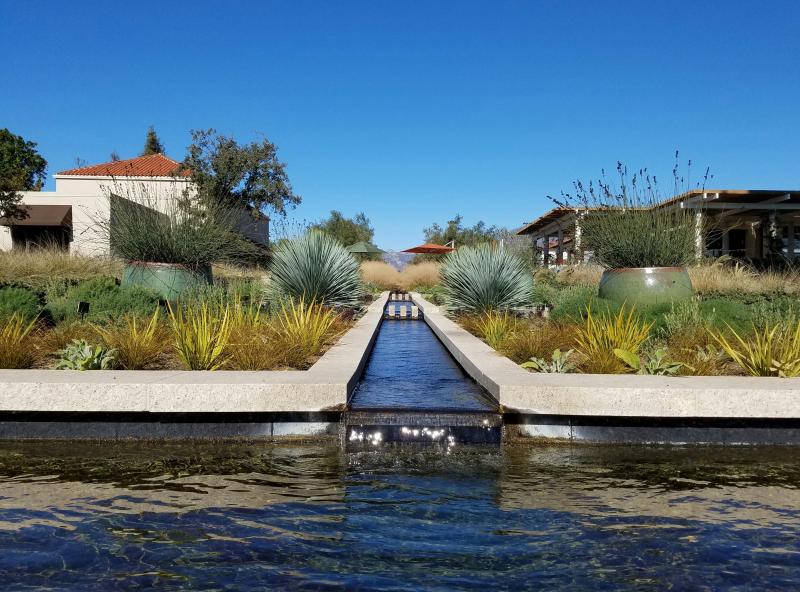
One hundred years ago, Henry Huntington and several of his neighboring landowners decided to found the city of San Marino—a rural community covering four square miles of fertile agricultural land. The city took its name from Huntington’s property, known as the San Marino Ranch. But three families who farmed the land before Huntington’s arrival played key roles in the history of the region. To mark San Marino’s centennial year, The Huntington has mounted a special exhibition titled “Cultivating California: The Founding Families of the San Marino Ranch,” on view Feb. 16–May 13. The exhibition tells the story of the Wilson, Shorb, and Patton families, who helped transform a region of one-time Spanish land grants into an agricultural paradise. Rare family photographs, letters, legal documents, and artifacts will be among the objects displayed. Benjamin Davis Wilson (1811–1878) was the first elected mayor of Los Angeles and an early transplant to the tranquil San Gabriel Valley. He named his homestead Lake Vineyard, an appropriate title, as his land included both a lake—now Lacy Park—and commercial vineyards. When Wilson’s daughter Maria Jesus (“Sue”) married, Wilson gave the young couple the adjoining property to the east, the present-day site of The Huntington.
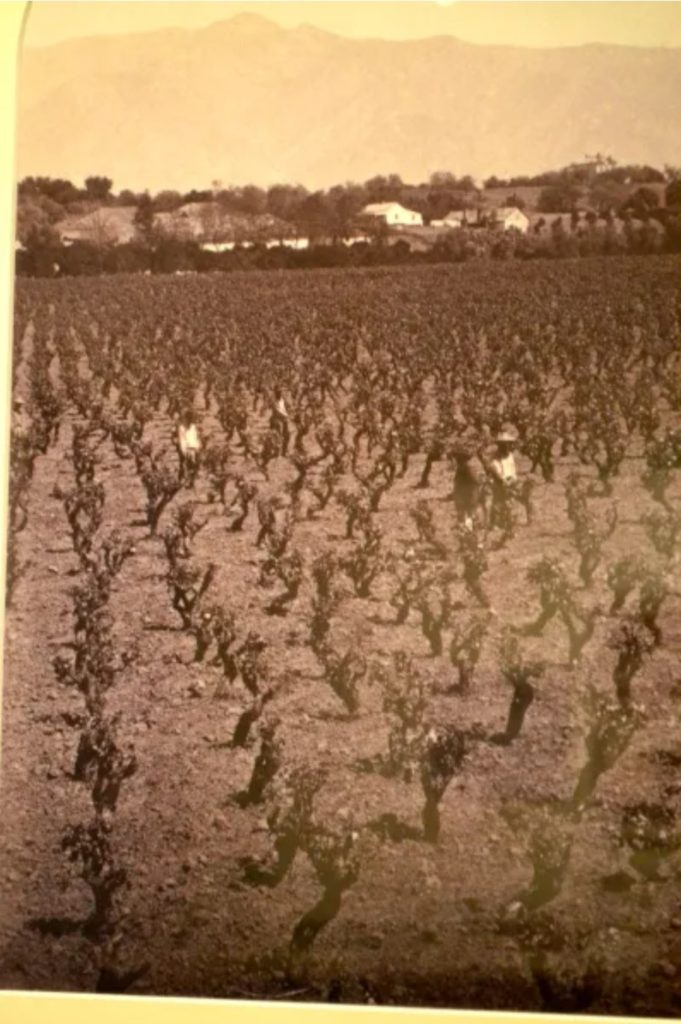
Sue’s husband, James De Barth Shorb (1842–1896), soon started to manage his father-in-law’s commercial and agricultural properties. He grew Wilson’s small existing winery into the large San Gabriel Wine Company. Shorb named his ranch San Marino, after the Maryland farm on which he’d been raised. In a large Victorian house on the edge of a bluff (where the Huntington Art Gallery now stands), the Shorbs raised their own large family and hosted many distinguished guests, including Henry Huntington. But overextension on business ventures and a costly struggle with agricultural pests eventually led Shorb deeply into debt.

Following his death and a contentious court battle, the San Marino Ranch and other Shorb properties were ordered sold. The court put the properties under the receivership of lawyer George Smith Patton (1856– 1927), the husband of Sue’s youngest sister, Ruth. Patton had been elected district attorney of Los Angeles at age 30, but health problems forced him to give up his practice, so in 1888 he moved his family to Lake Vineyard, where he could oversee the Wilson properties and assist with Shorb’s businesses. Patton’s son, George Jr., was known around Lake Vineyard as “Georgie,” but he is best known today as the general who led U. S. troops in Europe during World War II. In 1903, Henry Huntington purchased the San Marino Ranch, which Patton continued to manage until he hired William Hertrich as ranch superintendent in 1904. Huntington and Patton remained neighbors and close friends for more than 20 years and were two of the major influences behind the move to cityhood in 1913.
San Marino Parks And Eateries
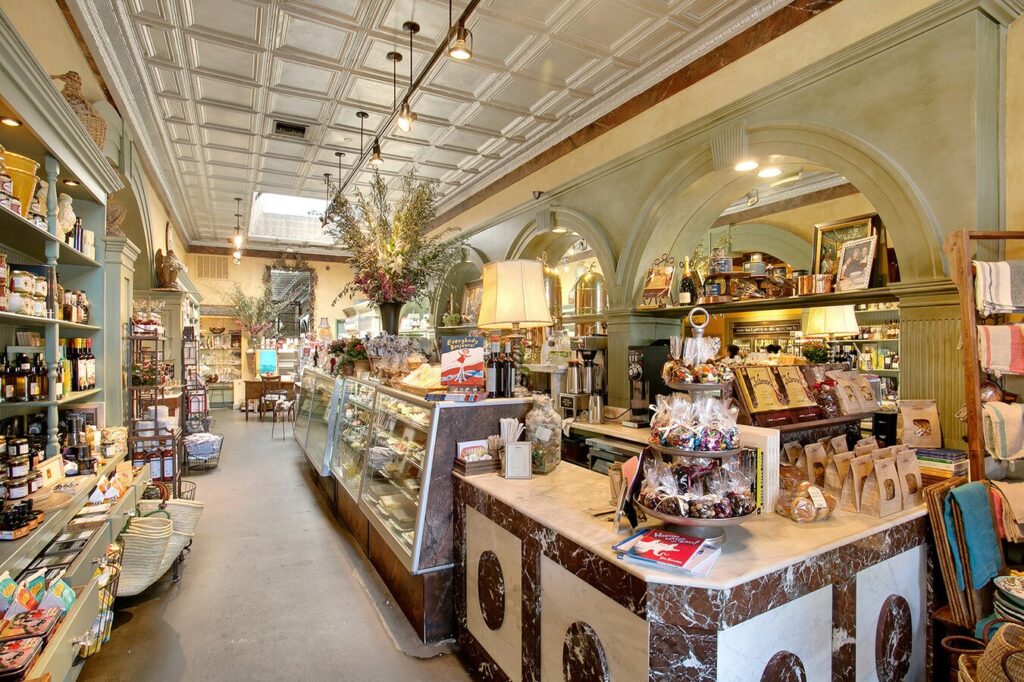
Located in sunny Southern California, The Shops at Mission Village is a community of over 35 businesses ready to welcome you to this bespoke neighborhood village and to discover the beauty of San Marino and its local community. Visit The Shops at Mission Village, where you’ll discover a curated collection of stylish shops, essential services and dining like my favorite Julienne tucked beneath the canopy of San Marino’s tree lined Mission Street. From San Marino luxury properties to San Marino affordable homes, the San Marino neighborhoods and community will enchant you.
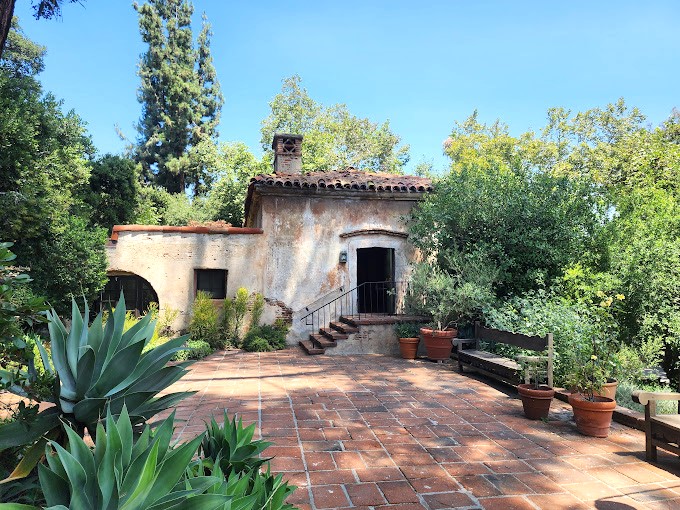
El Molino Viejo (“The Old Mill”), completed about 1816 as a grist mill for Mission San Gabriel Arcángel, is in San Marino. The original two-story structure measured 53 feet by 26 feet. It is the oldest commercial building in Southern California. The town is located on the former lands of the historic Rancho Huerta de Cuati. The Edwin Hubble House: From 1925 to 1953, this two-story stucco home was the residence of one of America’s greatest 20th-century astronomers, Edwin Hubble, who, among other accomplishments, discovered extragalactic nebulae and their separation from each other. It is a National Historic Landmark. The Michael White Adobe House is located on the campus of San Marino High School and houses the San Marino Historical Society archives.
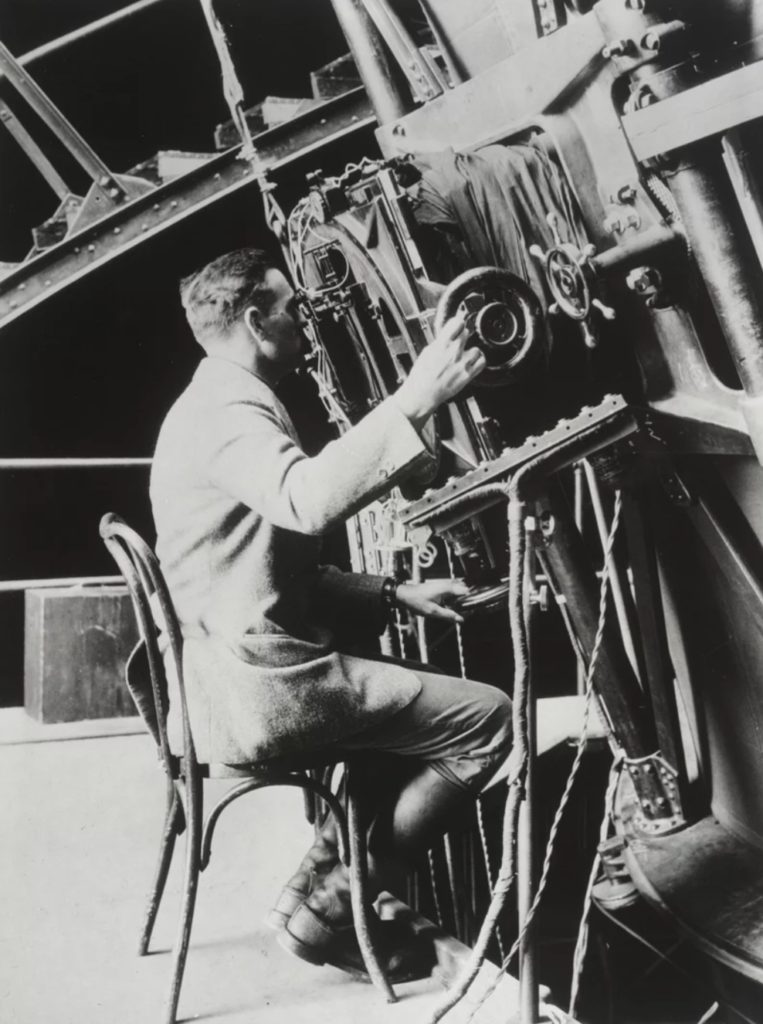
In the middle of San Marino lies Lacy Park, a 30-acre expanse of grass and trees. Originally named Wilson Lake in 1875, the land was purchased by the city in 1925 and dedicated as a park. A picnic area is often the site of musical concerts, civic events and pancake breakfasts. The park includes six championship tennis courts and a pro shop, administered by the San Marino Tennis Foundation. At the west entrance of the park is the Rose Arbor, which is of special significance for the people of San Marino. It is sixty years old and has long been a source of beauty and tranquility to many residents. In recent years the care and upkeep of the Rose Arbor itself has been augmented by private donations from residents who have chosen to sponsor individual posts. From San Marino luxury properties to San Marino affordable homes, the San Marino neighborhoods and community will enchant you.


San Marino Real Estate Market
Incorporated on April 25, 1913, with a population under 15,000, the city is one of the wealthiest places in the nation in terms of household income. These exclusive neighborhoods currently have 26 homes listed on the market between $1,750,000-$21,500,000.
Reach Out To A Local San Marino Real Estate Expert Today!
The city of San Marino is located in the San Rafael Hills, tucked into just 3.8 square miles, and divided into seven zones based on minimum lot size. The smallest lot size is around 4,500 square feet, with many averaging over 30,000 square feet. Because of this and other factors, most of the homes in San Marino, built between 1920 and 1950 offer unique architectural integrity and lot size relative to the surrounding Southern California neighborhoods.
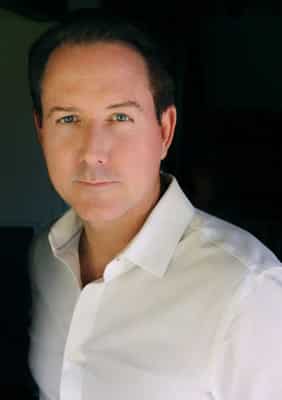
Reach Out To A Local San Marino Real Estate Expert Today!
San Marino has also fostered a sense of historic preservation among its homeowners. With minor exceptions, the city’s strict design review and zoning laws have thus far prevented the development of large homes found elsewhere in Los Angeles. San Marino continues to be very restrictive of commercial operations in the city. It is one of the few cities that requires commercial vehicles to have permits to work within the city. The rationale is that commercial vehicle operators and service providers, such as gardeners, pool service providers and maintenance workers, are more likely to cause social disruption within the city, and so must be preauthorized for crime control and prosecutorial purposes. This regulation and others, including the bans on apartment buildings, townhouses and overnight parking, are some of the more obvious examples.
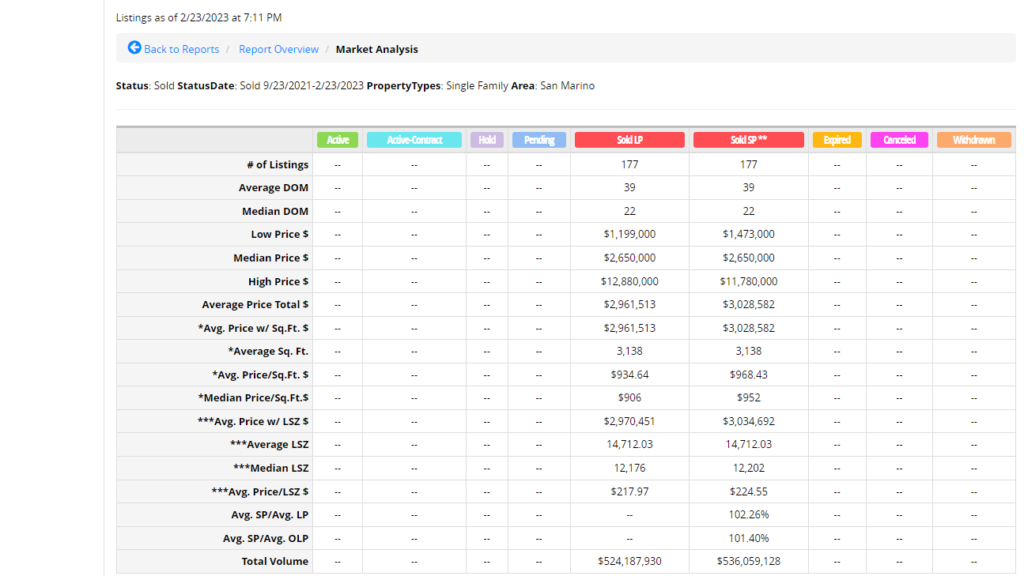
In the last 6 months 177 properties have sold in San Marino in a range from $1,473,000 to $11,780,000. The average days on the market (DOM) were 39 and the average price per sqft was $968.43. If you are interested in learning more about this great community or would like to call San Marino your home please reach out. If your interested in finding out what your home is worth, thinking about selling and wondering what might be next for you I am here. I am your neighborhood expert and look forward to the opportunity to help you with your real estate needs. From San Marino luxury properties to San Marino affordable homes, the San Marino neighborhoods and community will enchant you.
